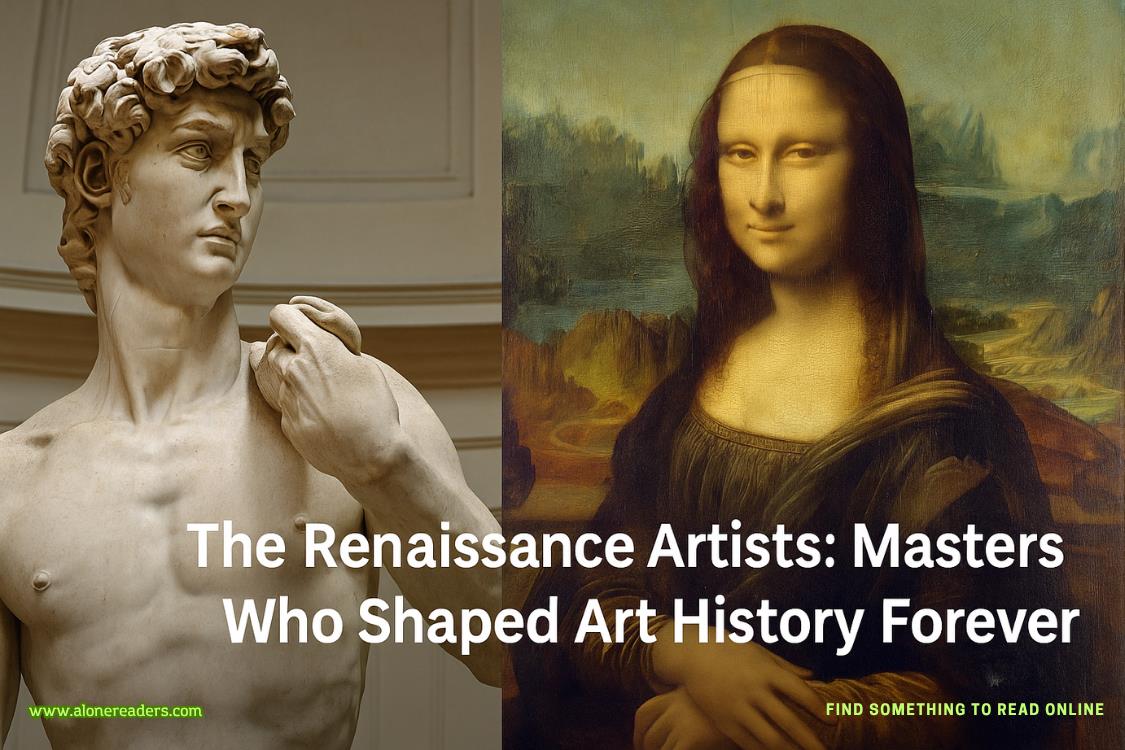“What do you think?” I ask Finn, carefully releasing the pressure to see if the repair holds. “Structurally sound, if not exactly beautiful.”
Finn’s tail thumps against the floor in what I take as approval. The birdhouse isn’t perfect, but it’s whole again, in its own imperfect way. I run my fingers along the repaired edges, feeling the slight ridges where breaks have healed. There’s something oddly satisfying about this visible history of damage and repair—a record of resilience rather than failure.
I carry the birdhouse to the window seat—Owen’s concession to my impractical desire for a place between inside and outside, belonging and observing. It’s nearly complete now, lacking only cushions and final trim. The morning light streams through the large windows, creating the perfect spot for the repaired birdhouse. I place it carefully on the wide sill where it will be visible both from inside the house and from the yard outside—a bridge between spaces, just like the seat itself.
“There,” I say, stepping back to assess the placement. “Where he can see it when he finally decides to come inside.”
It’s a small gesture in the grand scheme of our complicated situation, but it feels significant—this damaged thing I’ve chosen to repair rather than replace, positioned in the space that represents our first real compromise. I’ve spent my life discarding broken things and moving on. This time, I’m staying to fixwhat matters.
With the birdhouserepaired and positioned, I turn my attention to the more practical crisis at hand—the TV production deadline looming and no contractor to complete the work. I haven’t responded to Adele’s email yet, needing to figure out what’s actually possible before making promises I can’t keep.
I need supplies to continue the repairs from yesterday’s storm damage, particularly for the roof leak that’s created a worrying water stain on the newly installed ceiling. Owen’s main toolbox is gone, but he kept a secondary supply cabinet in what will eventually be the utility closet. I rummage through it, searching for roof patching materials and making a mental inventory of what’s missing.
Behind a stack of paint cans, I discover a leather-bound notebook I’ve never seen before. It’s not the small pocket notebook Owen carries for measurements and calculations—this is larger, more substantial, with a worn cover that speaks of frequent handling. I should leave it alone. It’s clearly personal, not meant for my eyes.
But I’ve never been good at resisting curiosity.
I open it, telling myself I’m just checking if it contains information about the house that might help with repairs. The first page stops me cold—it’s a detailed sketch of a tiny house, but not mine. This design is different—sleeker, more modern, with expansive windows and clever built-ins visible even in the two-dimensional drawing. Owen’s precise architectural handwriting labels various elements: “rainwater collection system,” “adjustable solar array,” “convertible sleeping/dining space.”
I turn the page, finding another design, then another. An entire collection of tiny house concepts, each more innovative than the last. Some are rustic and traditional, others strikingly contemporary. All share a remarkable attention to detail and a clear design philosophy that balances aesthetics with functionality.
These aren’t contractor’s sketches for building someone else’s vision. These are an architect’s original designs—Owen’s designs, the ones Maggie mentioned from his Boston days before his father’s stroke brought him back to Maple Glen.
I continue turning pages, increasingly aware that I’m intruding on something private yet unable to stop. Toward the middle of the notebook, the sketches shift. Suddenly, I recognize elements of my own house—the window seat I’d insisted on, the open-concept living area we created by removing the beam, the custom storage solutions that maximize the limited space.
But these drawings predate those discussions. According to the dates in the margins, Owen sketched these ideas weeks before we actually implemented them—before I even suggested some of them. He’d been quietly incorporating his own design vision into my renovation all along, finding ways to blend my requests with his architectural sensibility without taking credit.
One page stops my breath entirely—a detailed rendering of the window seat, complete with measurements, material suggestions, and a small note in the margin: “Harmon’s theory of threshold spaces—connection without exposure, observation with protection.” A reference to the architecture book I’d found him reading, the one that had so clearly influenced his understanding of spaces between inside and outside.
And there, in the corner of the drawing, a tiny sketch of a birdhouse positioned exactly where I’ve just placed the repaired one—on the window sill, visible from both inside and out. He’d envisioned this detail weeks ago but never mentioned it.
Why keep this vision hidden? Why not tell me these were his original designs rather than just implementations of my requests? The Owen I thought I knew was straightforward to the point of bluntness, yet here was evidence of a creative depth he’d deliberately concealed.
I close the notebook, feeling like I’ve accidentally stumbled into a room in Owen’s mind he keeps carefully locked. This isn’t just a contractor’s workbook—it’s the portfolio ofthe designer he was becoming in Boston before family obligations called him home. The designer he still is, beneath the practical exterior.
I return the notebook to its hiding place, mind racing with this new understanding of the man who’s been building my house—and perhaps, in his own quiet way, trying to build something more.
The discoveryof Owen’s notebook nags at me throughout the morning as I attempt basic repairs on the storm damage. My skills are limited, but I manage to secure the loose tarp on the roof and place buckets under the worst leaks. Still, without professional help, the house remains vulnerable to the next storm—much like my heart.
By early afternoon, a theory has formed that I can’t shake: if Owen kept his design notebook hidden at the house, what else might he be keeping hidden elsewhere? Specifically, where do all those birdhouses come from? Blake mentioned Owen leaves them around town anonymously, and now I’ve found one on my own property. There must be a workshop, a creative space where these things are born.
I know where Owen’s official business operates—Carver & Sons has a workshop on the edge of town where they handle larger projects and store materials. But that’s a family business space, practical and utilitarian. The birdhouses feel different—personal, expressive, secretly artistic in a way the official business isn’t.
Following a hunch and perhaps crossing several boundaries, I drive to Owen’s house—a small craftsman bungalow I’ve passed but never visited. His truck isn’t in the driveway, which both relieves and disappoints me. I’m not ready for a confrontation, but I also desperately want to see him.
Behind the house stands a detached garage that looks recently renovated, with new windows and a fresh coat of deepblue paint that distinguishes it from the main house. A gravel path leads to a side door. This has to be it—his private workshop, separate from the family business.
I approach with growing hesitation, aware that I’m definitely overstepping. The door is closed but not locked, another sign of small-town trust that makes my urban-trained instincts nervous. I should leave. This is his private space. Yet something pulls me forward—the need to understand this man who builds homes for birds and walls around his heart with equal skill.
“Hello?” I call out, pushing the door open slightly. “Owen?”
No answer, just the particular silence of an empty workspace. I step inside, immediately enveloped by the smell of cedar, varnish, and sawdust—the scent I’ve come to associate with Owen himself. Sunlight streams through carefully positioned windows, illuminating a space that takes my breath away.
The workshop is immaculate—tools organized on pegboards with precision that borders on artistic, workbenches clear except for current projects, floor swept clean despite the constant battle against sawdust. But what stops me in my tracks are the birdhouses—dozens of them, in various stages of completion, displayed on shelves that line an entire wall.
Each design is unique. Some are whimsical—tiny replicas of local buildings including The Griddle, the town library, and what appears to be Marge’s B&B. Others are modern and sculptural, with clean lines and unexpected angles. Many incorporate elements of the natural landscape—one shaped like a hollowed tree trunk, another nestled within a piece of driftwood. The craftsmanship is exquisite, the attention to detail extraordinary.
I move closer, careful not to touch anything. Each birdhouse has a small metal plate on the bottom—I lift one slightly to read the engraving: “O.C.” followed by a date. His signature, hidden where only the maker would know it exists.















